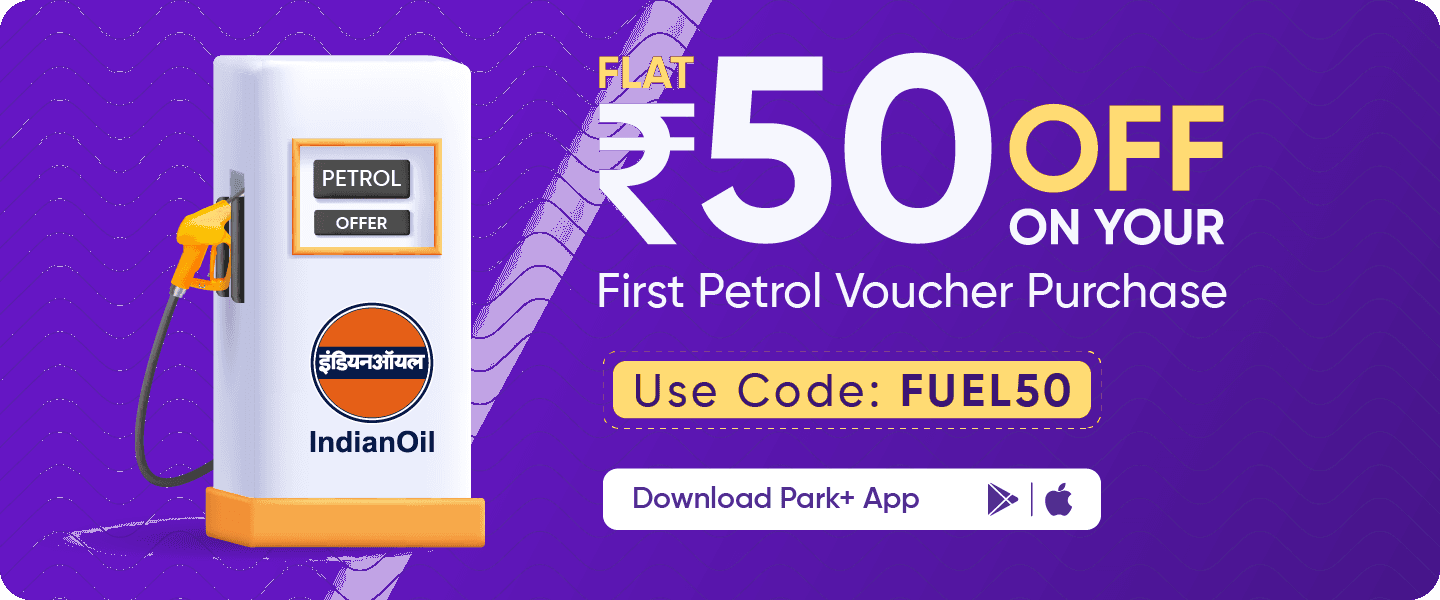Fuel Price in Haridwar
DayChange | Petrol-0.04 | Diesel-0.05 | CNG |
|---|---|---|---|
| Today | 92.74 | 87.59 | NA |
| 29 Dec | 92.74 | 176 | NA |
| 28 Dec | 92.74 | 176 | NA |
| 27 Dec | 92.74 | 87.59 | NA |
| 26 Dec | 92.74 | 176 | NA |
| 25 Dec | 92.74 | 87.59 | NA |
| 24 Dec | 92.74 | 87.59 | NA |
| 23 Dec | 92.74 | 87.59 | NA |
| 22 Dec | 92.74 | 176 | NA |
| 21 Dec | 92.74 | 87.59 | NA |
Note : there may be slight variations in prices across outlets within a city
The transport system in the city of Haridwar serves a crucial function in the city as it has many local markets and has to deal with a huge tourist population every year. So, the petrol price in Haridwar has a big influence on the city's overall economic health.
Petrol price in Haridwar
The current petrol price in Haridwar is INR 92.74 per liter. The fuel price includes the central excise duties and the Uttarakhand state taxes.
As the price of all goods is directly proportional to the price of petrol, people here have concerns regarding how much the cost might rise next year. The Uttarakhand government does collect high tax revenues on the sale of petrol here, which is further adding to the woes of the people living here.
Diesel price in Haridwar
The current diesel price in Haridwar is INR 87.59 per liter.
The increase in the price of global crude oil has pushed up the diesel price. The price of petroleum products is in strong alignment with market prices.
So, with the rupee falling behind the US dollar and the rise in the price of global crude oil - the price of diesel will go up from here on and vice versa.
Impact of rising fuel prices on the economy
Due to a myriad of factors including the post-pandemic supply chain shock and the Russia-Ukraine conflict, the crude oil price per barrel is only going up every day. This has put a huge amount of pressure on the Indian economy.
On top of that, the falling value of the Indian Rupee is making things worse. There is a global shortage of oil barrels and the supply-demand imbalance, experts feel is going to get even worse.
Given below are some of the major effects of rising oil prices on our economy:
Rising Inflation - On average, a 10 percent increase in crude oil price results in a 0.9 percent increase in the Wholesale Price Index (WPI) in India. This would also worsen inflation and impact the Consumer Price Index (CPI) significantly.
Fall in Currency Value - A 10 percent increase in oil prices, increases India's current account deficit (CAD) by 0.4 percent of the Gross Domestic Product (GDP). This adversely impacts the national currency.
Higher Taxes - A positive effect that comes from the rising crude oil price is that the state governments and central government will get higher tax revenues under the current tax regulations. Tax revenues on LPG and kerosene will also go up.
Conclusion
If you would like to read about the daily ups and downs of fuel prices in select cities, download the Park+ app from Google Playstore. This app not only feeds your curiosity but also helps you to use car services in your city without the usual hassles. With the help of this app you can find parking spaces, complete FASTag recharges, manage RTO challans, etc.
FAQs
Why does the petrol price in Haridwar fluctuate so much?
This is due to the dynamic pricing system for fuel. Under this pricing system, petrol prices across the country realign according to global crude oil prices and exchange rates. At all petrol stations in Haridwar, the petrol price is updated every morning at 6 a.m.
How do rising fuel prices influence the auto industry?
Historically, the auto industry has reacted to rising fuel costs by making smaller & more cost-effective cars (such as semi-hybrids and full hybrids). These days, we even have fully electric cars with ranges of over 400 kilometers per full charge.
Consumers as well as environmental conservationists have shown great support for this move. We can hope that the adoption of eco-friendly cars keeps growing with time.
How do rising fuel prices change consumer behavior?
With rising fuel prices, the discretionary spending of consumers starts to decrease. This is because now they are having to spend much more of their income on fuel.
This also means that shoppers will tend to drive less and use public transport more frequently. Research studies have shown that gas prices are inversely proportional to driving miles.
Interestingly, as shoppers stay away from driving - they spend more time on e-commerce sites. So, online shopping searches also increase sharply with increasing gas prices.
However, all e-commerce retailers end up passing on the higher freight costs to consumers by increasing the shipping costs. This is especially true for goods that are made overseas.
Furthermore, many products are made of plastics and other synthetic by-products of petroleum refining. So, higher oil prices make these common items expensive as well.
